#98th Flying Training Squadron
Text

"CONGO 65" departs Marana Airport in Arizona carrying Jumpers from the USAFA
#USAFA#United States Air Force Academy#De Havilland#Canada#DHC-6#Twin Ottor#98th Flying Training Squadron#skydiving airplane#skydiving aircraft#Jump Plane#WWII heritage#D-Day livery#Marana#Arizona
28 notes
·
View notes
Photo
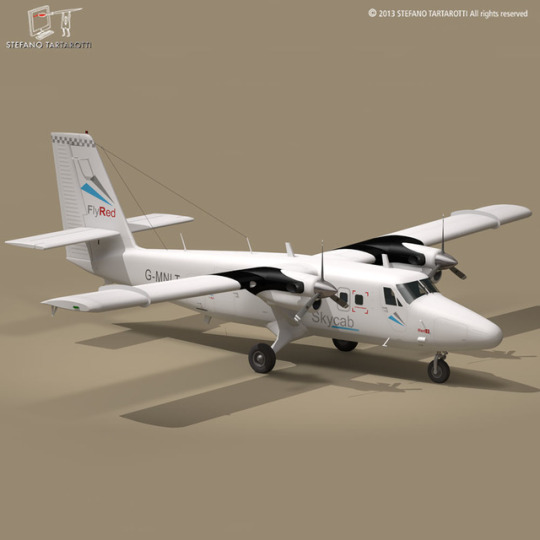
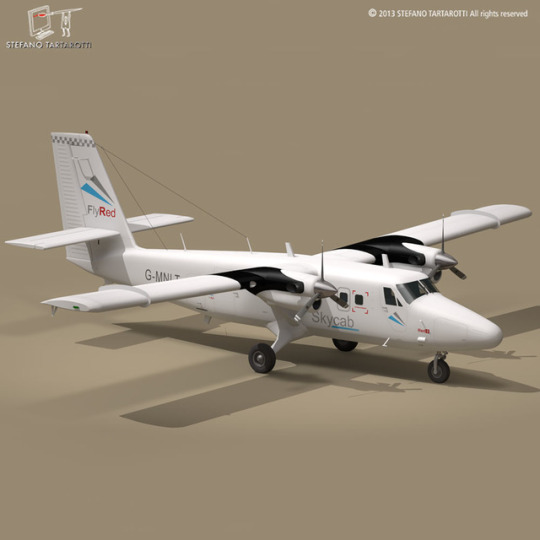
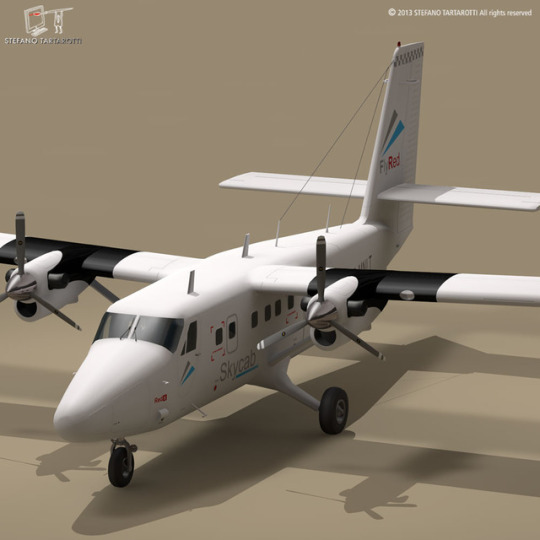
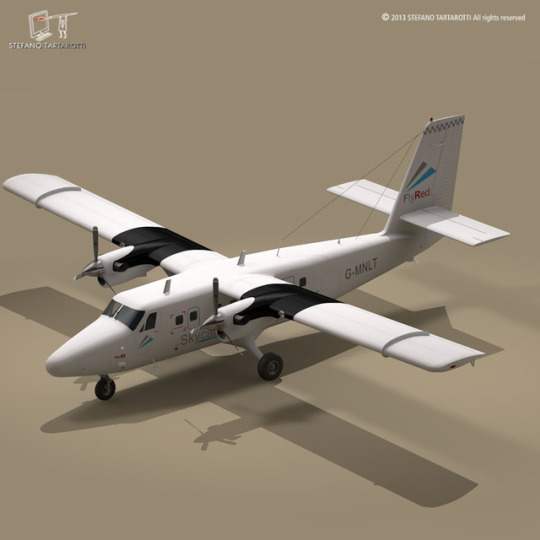


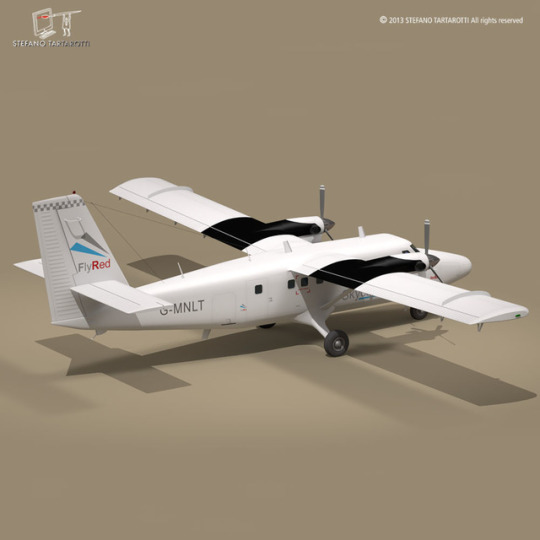
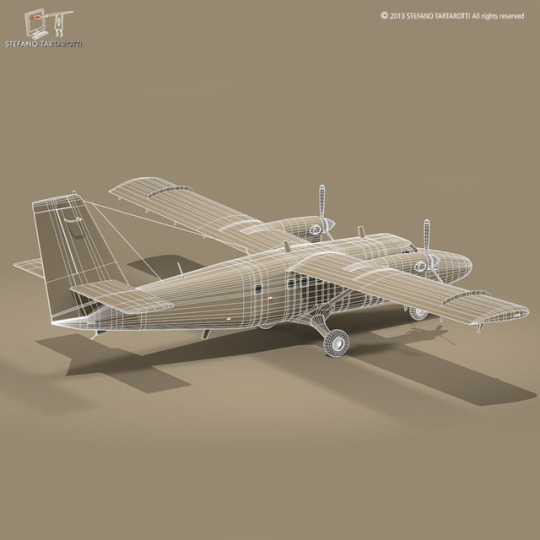
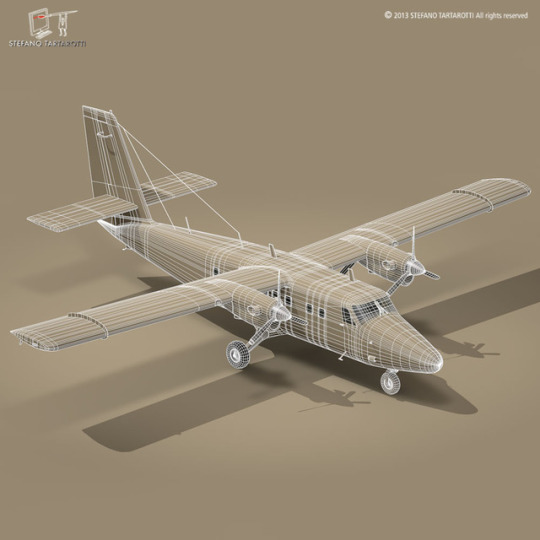
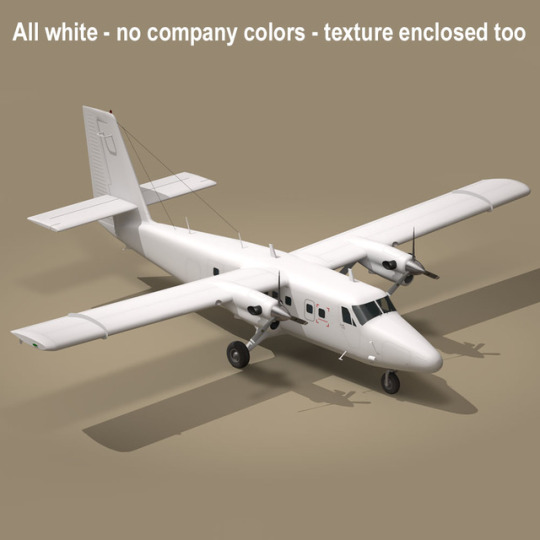
DHC6 Twin Otter 3D Model
DHC6 Twin Otter 3D model with generic company colors. A file all white -no company colors- is enclosed in each 3d formats zip file too. Made in cinema4d R12. Other formats have textures too. .fbx format is good for importing in 3dstudio max and Maya. Polygons 24253 Vertices 21375 This model is only an artistic representation of the subject matter. I made it for an airline company. The de Havilland Canada DHC-6 Twin Otter is a Canadian 19-passenger STOL (Short Takeoff and Landing) utility aircraft developed by de Havilland Canada and currently produced by Viking Air. The aircraft's fixed tricycle undercarriage, STOL abilities and high rate of climb have made it a successful cargo, regional passenger airliner, and MEDEVAC aircraft. In addition, the Twin Otter has been popular with commercial skydiving operations and is used by the United States Army Parachute Team and the United States Air Force's 98th Flying Training Squadron. It is suitable for operation from unprepared ground sites, it is widely used on short-haul overhead lines, on airfields with short runways, in expeditionary conditions. The first aircraft was commissioned in 1966. Mass production was carried out by de Havilland Canada and lasted until 1988. In 2007, the production of aircraft was resumed by Canadian aircraft manufacturer Viking Air. The first aircraft of the new Series 400 modification were handed over to the customer in 2010. Download DHC6 Twin Otter 3D model on Flatpyramid.
- #3D_Model #Commercial
0 notes
Video
Parachuting programs began as unsanctioned club-type, off-duty activities in 1964 by Fort Benning staticline graduates. In the Spring of 1966, the programs were formalized as military activities. With Air Staff approval to teach military parachuting, the parachute Branch under the Airmanship Division was born. In 1982, parachuting became a flight under the 94th ATS. In 1994, the Parachute Flight grew too large and was designated the 98th FTS. What started as a club training 25 students a year has grown into a premier character development program training 600 to 1,200 cadets annually and field nationally recognized competition and demonstration teams. In 1995, the latest evolution took place. The Parachute Flight became a squadron, the 98th Flying Training Squadron. The basic AM-490 program, which was using round parachutes since its conception, evolved with the use of modern piggy back container systems and square parachutes for both the main and reserve. Each student is equipped with a radio so all landings will be assisted from the ground. The basic program trains 1,200 students per year with the majority of positions given to USAF Academy cadets. ROTC cadets are assigned positions on a availability and timing basis. https://www.instagram.com/p/CExG_WWpmKB/?igshid=18cl5r4svt6d6
0 notes